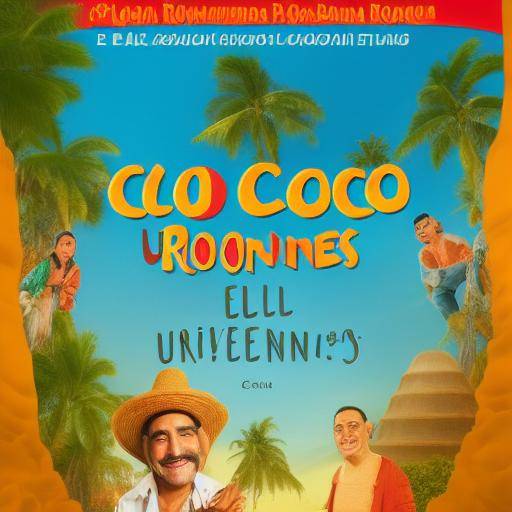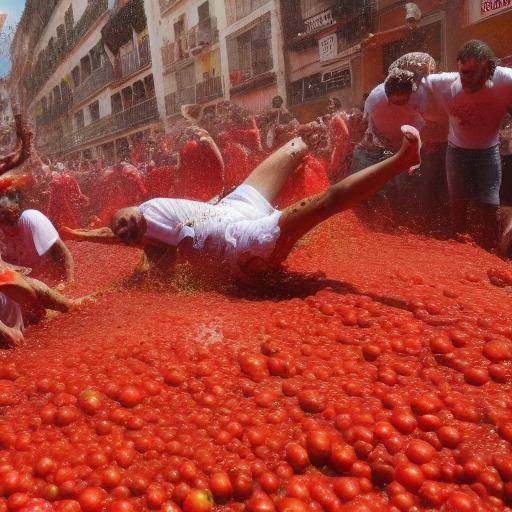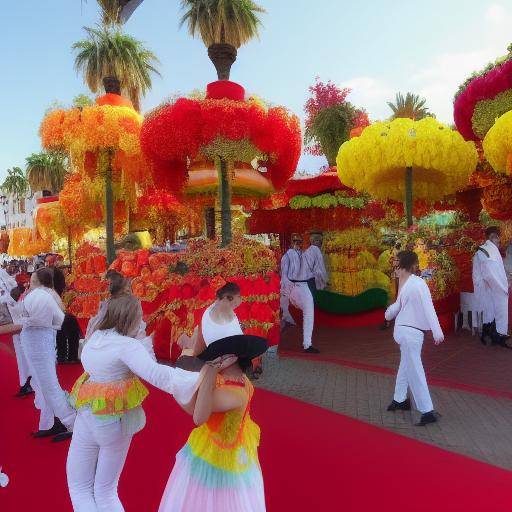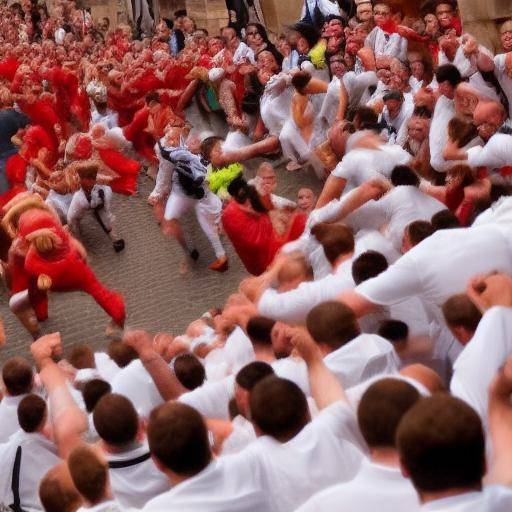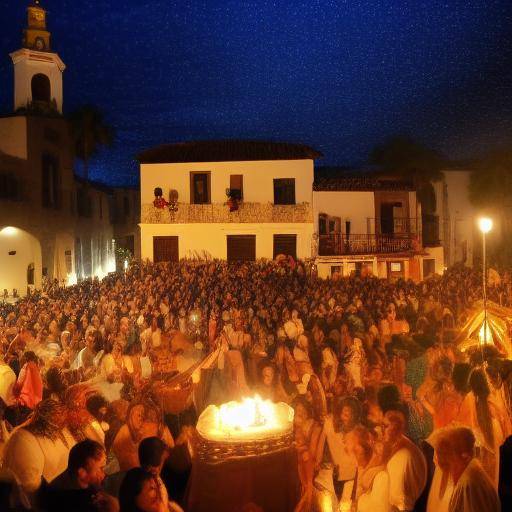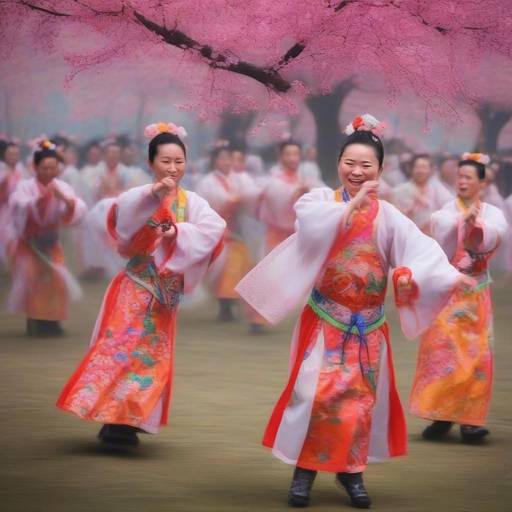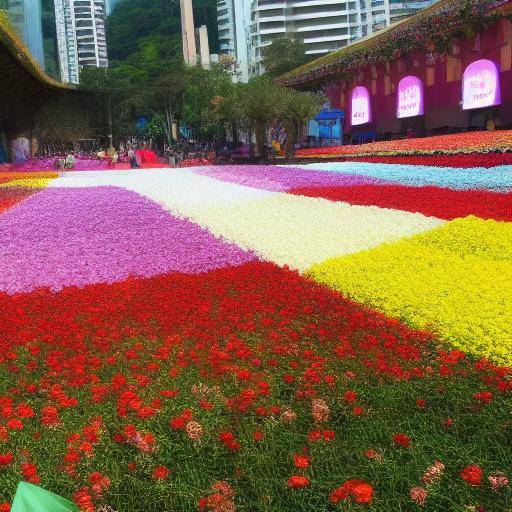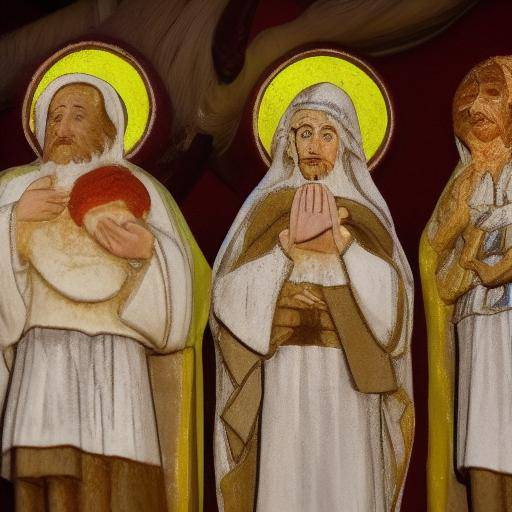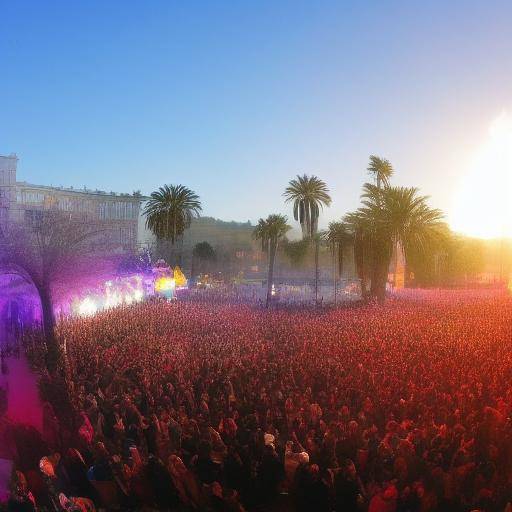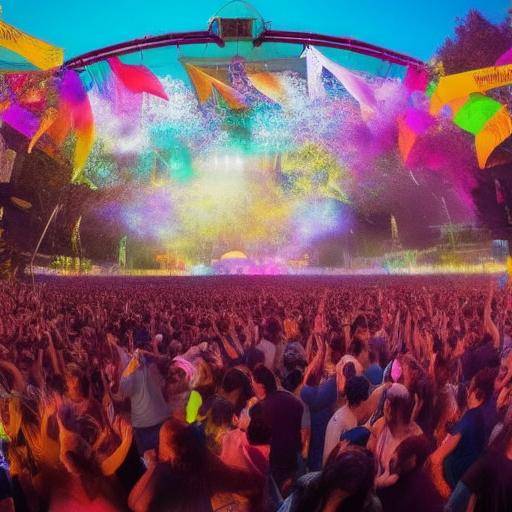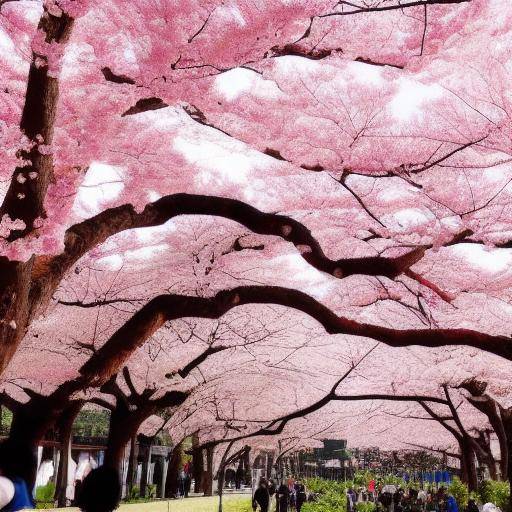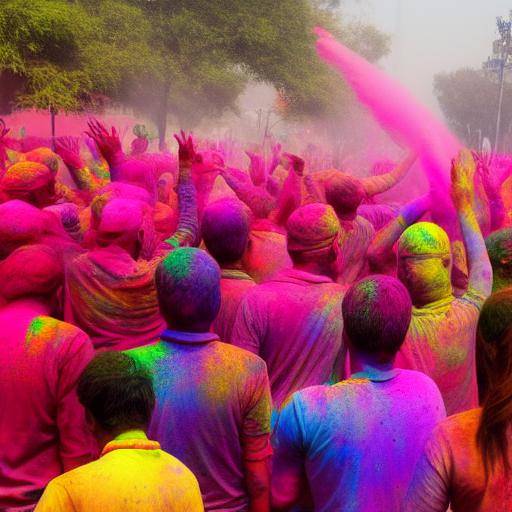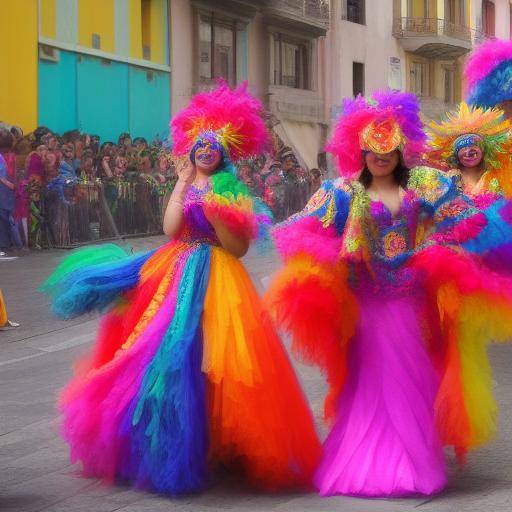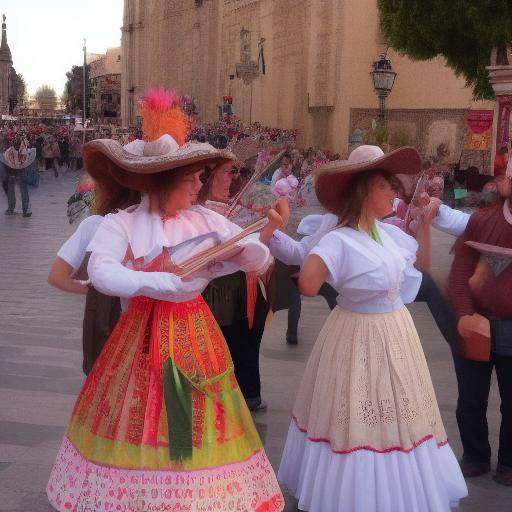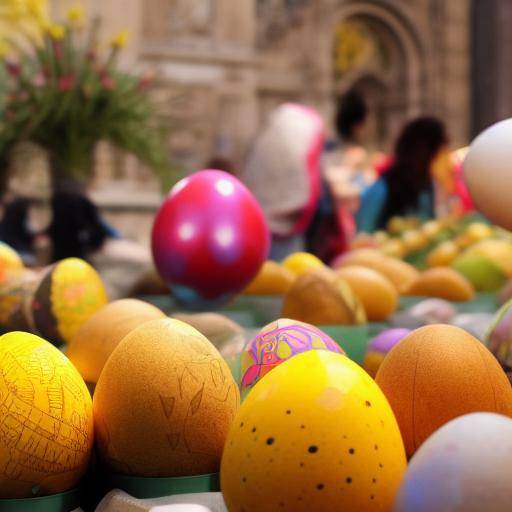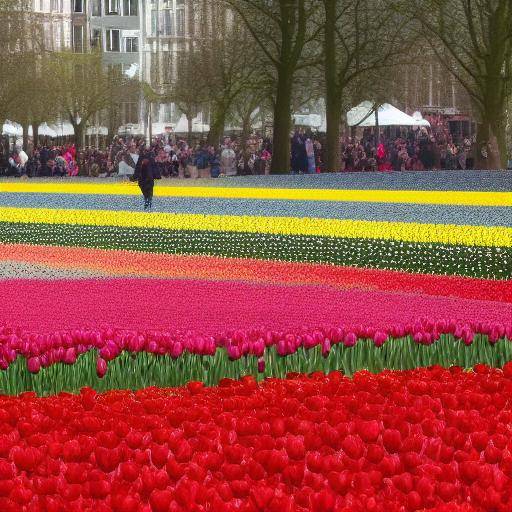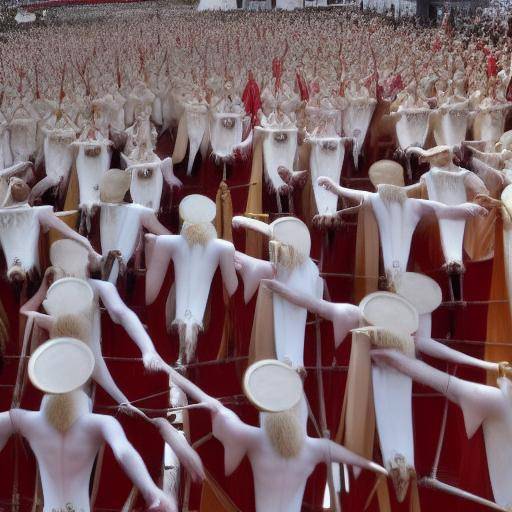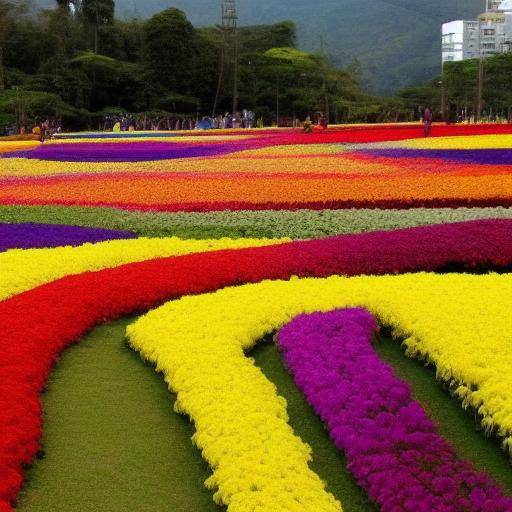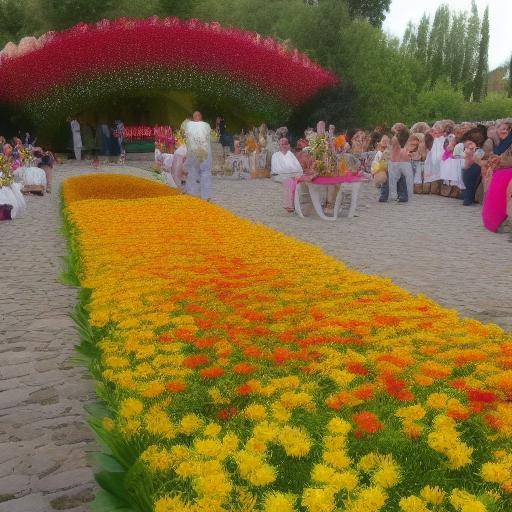
The flower festival in Spain is a colorful and exciting celebration that attracts visitors from around the world. This festival, known for its floral parades and cultural events, is a spectacular manifestation of natural beauty and human creativity. In this article, we will thoroughly explore the festival of flowers, the festivals of spring and its connection with Spain. From its historical origin to the latest trends, we will discover the wealth and diversity of these celebrations, as well as its impact on Spanish culture.
Introduction to the Flowers Festival
The festival of flowers is a celebration that pays tribute to the ephemeral beauty of nature. In Spain, this festival has become an entrenched tradition that marks the beginning of spring. During this event, the streets are filled with vivid colors and exquisite fragrances, celebrating the renewal of nature and the arrival of the flowering season. The festival stands out for its theme parades, floral exhibitions and cultural activities that reflect the diversity and creativity of the Spanish people.
History and Origins of the Festival of Flowers
The festival of flowers has its roots in ancient pagan celebrations that honored the fertility of the earth and the rebirth of nature. Over time, these celebrations evolved to include religious and cultural elements, merging ancestral traditions with Christian influences.
In medieval Spain, the festival of flowers acquired a more structured character, with the creation of parades and floral contests. During the Renaissance, this festival experienced an artistic and cultural rebirth, with the participation of artists and artisans who helped to embellish the festivities with elaborate floral decorations.
In the twentieth century, the festival of flowers was installed as an emblematic celebration in the Spanish calendar, attracting more attention and participation both nationally and internationally.
The city of Girona, in Catalonia, is recognized for its traditional flower festival, which is held every year in May. Other emblematic places, such as Córdoba, also host flower festivals that attract visitors from around the world.
Analysis of the Festival of Flowers in Spain
The festival of flowers in Spain is much more than a seasonal celebration; it is a cultural manifestation that promotes tourism, promotes artistic heritage and fosters local creativity. In addition, the festival has been recognized as an Intangible Cultural Heritage of Humanity by UNESCO, which has contributed to its preservation and dissemination worldwide.
Today, the flower festival has evolved to incorporate contemporary elements, such as art installations, multimedia projections and interactive events that attract audiences of all ages. The combination of tradition and avant-garde has consolidated the festival as a unique experience that mixes the old with the modern, the local with the global.
Comprehensive Review of Spring Festivals in Spain
The spring festivals in Spain cover a diversity of celebrations that go beyond the festival of flowers. From local parties to national events, spring becomes a fertile setting for cultural expression and community interaction.
Some of the most outstanding festivals include the Feria de Abril in Seville, the Batalla de las Flores in Valencia and the Fiesta de la Primavera in Murcia. Each of these events offers a unique view of the cultural wealth and regional diversity of Spain, providing distinctive elements that reflect the local identity.
Comparative Analysis of Spring Festivals in Spain
Although the festival of flowers is one of the most emblematic manifestations of spring in Spain, the spring festivals present a wide range of cultural expressions that reflect the diversity of geography and Spanish history. While some events focus on lush floral decoration, others highlight music, gastronomy or local crafts. However, everyone shares a sense of joy and vitality that defines the arrival of spring in Spain.
Impact and Meaning of the Festival of Flowers and Spring Festivals in Spain
The festival of flowers and spring festivals in Spain have a significant impact on the economy, tourism and the international projection of the country. These festivities not only attract millions of visitors, but also generate employment, boost commercial activity and promote Spain's positive image in the international arena.
In addition, these festivals promote local pride, strengthen the sense of belonging and contribute to the preservation of regional traditions. As an opportunity to promote cultural exchange and cooperation among different communities, spring festivals become a key factor in social cohesion and the promotion of diversity.
Current Development and Trends at the Festival of Flowers and Spring Festivals in Spain
In the digital era, the festival of flowers and spring festivals have found new platforms to reach global audiences. Social networks, travel blogs and video platforms have contributed to the mass dissemination of these festivities, generating greater interest and participation of foreign public.
There is also a growing openness to sustainability and environmental responsibility in organizing these events. Many organizers are adopting eco-friendly practices, such as recycling, plastic reduction and the promotion of organic farming, to ensure that the environmental impact of festivals is minimal.
The Festival of Flowers and Spring Festivals: A Future Vision
As sustainable tourism and the promotion of cultural diversity become global imperatives, the festival of flowers and spring festivals in Spain are called to play an increasingly important role in the international arena. These celebrations are not only a window to the cultural and natural wealth of Spain, but also an inspiring example of how tradition can converge with innovation to create memorable and enriching experiences.
Conclusions and FAQs
In short, the festival of flowers and spring festivals in Spain represent a vibrant and diverse celebration that unites tradition, art and community. These festivities not only enrich the lives of the locals, but also captivate visitors from all corners of the world, promoting the beauty of Spanish nature and culture in a framework of joy and spring splendour.
Frequently asked questions
What is the origin of the flower festival in Spain?
The festival of flowers in Spain has its roots in pagan celebrations that honored the arrival of spring and the fertility of the earth. Over time, these festivities merged with religious and cultural elements, giving rise to the present tradition.
What are the most outstanding spring festivals in Spain besides the flower festival?
In addition to the festival of flowers, Spain hosts a variety of spring festivals, such as the Feria de Abril in Seville, the Batalla de las Flores in Valencia and the Fiesta de la Primavera in Murcia, among others.
What is the economic impact of spring festivals in Spain?
Spring festivals have a significant impact on the Spanish economy, generating employment, driving tourism and strengthening commercial activity in the regions where they are held.
How has the flower festival adapted to current trends?
The flower festival has incorporated contemporary elements such as art installations, multimedia projections and interactive events, as well as sustainable practices to reduce their environmental impact.
What is the role of spring festivals in promoting cultural diversity in Spain?
The spring festivals not only highlight the cultural diversity of the different regions of Spain, but also encourage inter-communal exchange and cooperation, strengthening the social fabric and promoting a spirit of unity in diversity.
How are spring festivals evolving in the digital context?
Spring festivals are actively taking advantage of digital platforms to promote their events globally, using social networks, travel blogs and videos to reach new audiences and involve a more diverse audience.
What is the importance of sustainability at spring festivals?
The adoption of sustainable practices at spring festivals is crucial to minimizing their environmental impact and promoting a responsive approach
able to preserve the natural environment where these events are held.
Conclusion
The festival of flowers and spring festivals in Spain are a unique manifestation of human creativity, the beauty of the country's nature and cultural wealth. From its historical roots to its future projection, these celebrations represent a living legacy that inspires, entertains and unites people of all ages and origins. By enjoying the ephemeral beauty of flowers and participating in the collective joy of spring, the festival of flowers and spring festivals invite everyone to celebrate life and diversity in an environment of harmony and splendor.
With every turn of the season and the arrival of the spring, these holidays will continue to be a source of inspiration, joy and connection, weaving a live upholstery of unforgettable experiences that celebrate the nature, creativity and identity of Spain.
With this guide, we have thoroughly explored the festival of flowers, the festivals of spring and its link with Spain, providing an integral vision of these celebrations. Whether you are an enthusiast of traditions, a paved traveler or a culture lover, we hope that this guide has given you a deep understanding and renewed appreciation of these vibrant holidays.
Remember, the festival of flowers in Spain is much more than a seasonal celebration; it is an invitation to immerse yourself in the ephemeral beauty of nature and human creativity, to join the celebration of life in all its exuberance and to discover the cultural wealth of Spain through its spring festivals.
With every petal that displays its splendour and every flower that colors the landscape, the festival of flowers and the spring festivals in Spain offer an unforgettable experience that unites tradition, nature and community in a picture of life and celebration.

